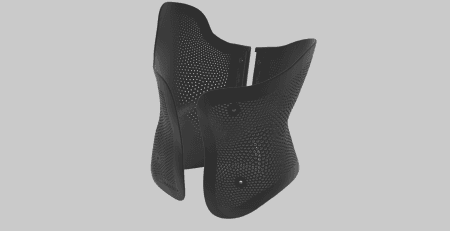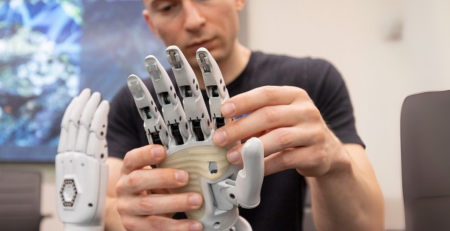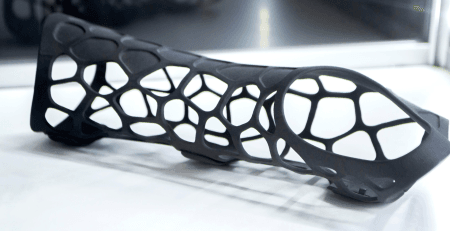Insights from Endeavor 3D’s O&P White Paper
Endeavor 3D’s new white paper, A Clinician’s Guide to O&P 3D Printing, explores how additive manufacturing is addressing these challenges, offering clinicians and engineers a path toward faster, more precise, and more scalable solutions.
The Pain Points of Convention Fabrication
Consistency is another challenge. Because plaster molds are destroyed during production, there is no digital record of a patient’s anatomy. Any modification or replacement must begin from scratch, leading to variability in outcomes and inefficiency for both clinicians and labs.
Finally, design limitations remain a constant barrier. With conventional materials and manual processes, it is difficult to create lightweight, ventilated structures or tailor devices to both the mechanical and lifestyle needs of individual patients. The result is often a compromise between what is possible to fabricate and what is truly ideal for the wearer.
How Additive Manufacturing Steps In
Perhaps most importantly, every patient becomes a permanent digital record. This ensures consistency across fittings and allows clinicians to iterate quickly. Engineers can make adjustments directly to the design file rather than starting from scratch.
Additive manufacturing also opens the door to true customization. Engineers can vary lattice structures, infill densities, and ergonomics, helping fine-tune the breathability and flexibility of patient-specific devices. These capabilities allow clinicians to deliver solutions that feel less like compromises and more like individualized care.
Why This Matters for Clinicians
These advances represent a shift in how the O&P industry can respond to patient needs with speed, precision, and adaptability. This white paper explores this shift in depth, presenting real-world applications and insights for clinicians and engineers looking to adopt or expand their use of 3D printing.





